Shutters were invented 180 years ago.
Maintaining that history, we will create value that suits the new era.
Sanwa Shutter Manufacturing Co., Ltd., our predecessor, was established in Amagasaki, Hyogo Prefecture, in 1956. About 120 years before that, shutters were invented in Europe, and by the end of the 19th century they arrived in Japan, ushering in the era of Japanese-made shutters. As a successor to this history, we will look back on the paths of our predecessors.
The Invention of Shutters
HISTORY TIMELINE
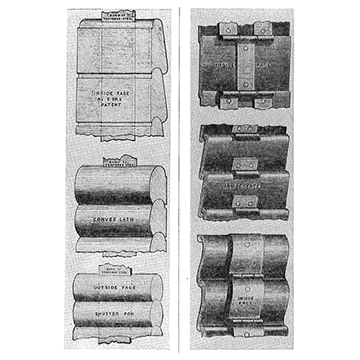
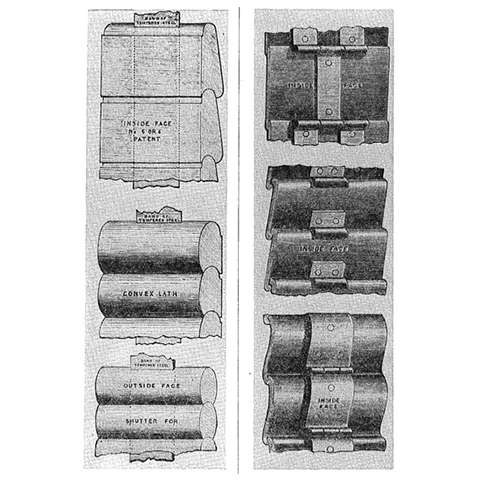
1837-1897
Initially made of wood, shutters made of steel went into circulation around 1880.
Wooden slats bound together were fashioned as shutters for the first time in 1837 in Europe, a region with advanced technology in the 19th century. They seem to have been used mainly for crime prevention and as a substitute for blinds. Later, steel shutters were invented by Clark, Burnett and Co. in England and became common around 1880. Designed by Dr. Tatsuno Kingo, a pioneer of modern Japanese architecture, and manufactured by Clark, Burnett and Co., the first steel shutters in Japan were installed in the Bank of Japan's head office, which was completed in 1897.


1903
Suzuki Shutter answering to the demand of Western-style architecture.
By this time, the number of Western-style buildings in Japan had increased, and imported building materials, such as shutters and sashes, began to be used. It is said that Tomitaro Suzuki, who founded Kenchiku Kanamono Shoukai (later Suzuki Shutter, now part of the Sanwa Group), which handled these materials, had contact with Dr. Kingo Tatsuno. Also, at this time, the first Japanese-made steel shutters appeared.
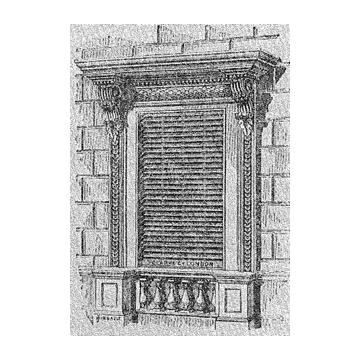
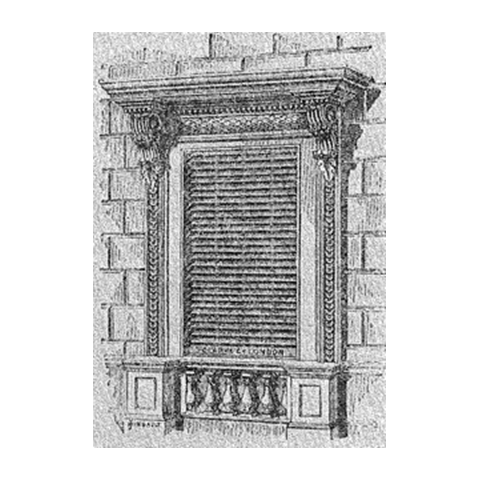
1905
A prototype fire shutter is created.
In 1905, when Japanese-made shutters were in their early days, a patent application was filed by Tadashi Ono of then-Ono Shutter, for a “fire protection door.” This was a groundbreaking invention, the prototype for today's fire shutters, that could close using their own weight (without manual) help and that would close, in the event of a fire, even if no-one was available to help.
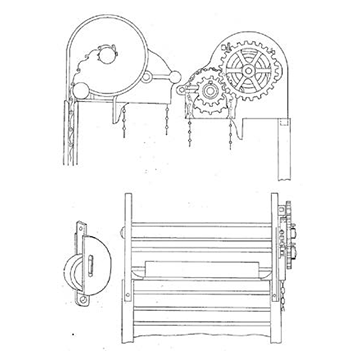
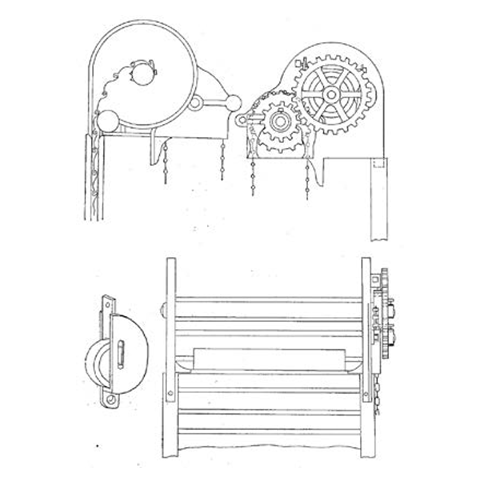
1907-1923
Major earthquake that shocked the world emphasized the importance of fire shutters.
A major fire caused by the 1907 San Francisco earthquake on the West Coast of the United States proved the effectiveness of high fire shutters. This had a major impact on the public's perception of shutters. Further, in the fire that occurred after the Great Kanto Earthquake of 1923, Japanese-made shutters successfully demonstrated their ability to protect from fires, enhancing their presence in the architectural world.
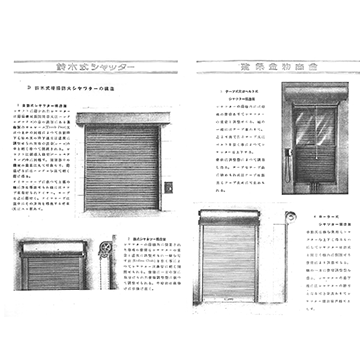
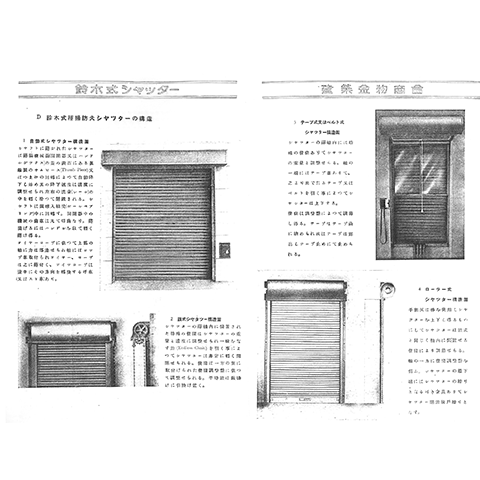
1926-1932
Learning lessons from the fire at Shirokiya Department Store, fire shutters are installed inside buildings.
In 1926, the first fire resistance testing in Japan of shutters and steel doors was conducted under the guidance of the then-Tokyo Imperial University Maintenance and Repair Department, and their fire protection was recognized. Then, in 1932, a fire broke out at the Shirokiya Department Store in Nihonbashi, which was crowded with year-end customers, a catastrophe that left 14 people dead and 21 seriously injured. After this, it was legally required to install shutters not only in the openings of buildings but also inside buildings.
Originally, shutters were used for crime prevention, as indicated by the literal meaning of their Japanese name—“armor doors”—but fires made them popular for their protection from fire.
Later, shutters diversified into not only heavy shutters installed in large buildings, but also lightweight shutters that were created after World War Two. Many shutter manufacturers, including Sanwa, were established at this time, and use of shutters grew to include small stores and houses, making them familiar to everyone.
Shutters are a part of the social infrastructure that protects people from disasters.
Over the long history since they first appeared more than 180 years ago, shutters have evolved to meet various needs, such as protection from fire, water, and wind, in addition to their original purpose: crime prevention. The tireless desire for knowledge, years of effort, and numerous bits of wisdom that our predecessors put into that evolution are still being used in our products.
Today, society is faced with critical situations, such as the intensification of natural disasters caused by climate change and huge earthquakes. In response, we will create new shutter features and added value suited to these new requirements, delivering products that can protect people's livelihoods and their lives from disasters.
COLUMN
History of American garage doors
An innovative garage door invented in 1921: the overhead door.
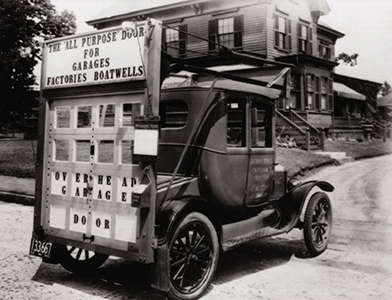
The horseless carriage, as the automobile was first called, sold by Ford completely changed the world. In the same way, in Detroit, a hub of the automotive industry, C.G. Johnson, founder of the Overhead Door Corporation, changed the history of garage doors by inventing an overhead door where the door panels are stored toward the ceiling. Until then, heavy, double swinging garage doors were the mainstream, but they were not easy to use. Moreover, they were susceptible to the weather, and it was not possible to open them when snow covered the ground . Johnson mounted a prototype of his door on the back of a Ford Model T and traveled around the United States to promote this innovative product. In 1926, he invented the first electric door opener, and with its success, laid the foundation for the Overhead Door Corporation.
In 1996, Overhead Door joined the Sanwa Group as a full-fledged overseas operating company.
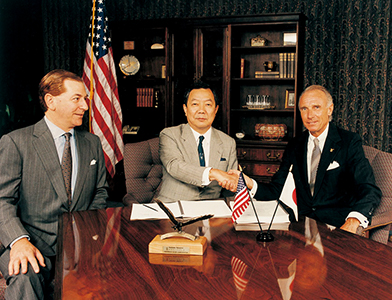
Today, Overhead Door is known as a comprehensive brand with a wide variety of products and services, including garage doors and door openers for commercial, industrial, and residential use. In 1996, the company joined the Sanwa Group as an overseas operating company. Not only has this company established a strong sales network in the United States, but it continues to grow as one of the world's leading building materials suppliers with sales channels in 50 countries on five continents.

The above article contains excerptions from "シャッター100年の歩み(Shutter, path of 100 years)"(1978) published by Japan Rolling Shutters Industry Association (current Japan Rolling Shutters & Doors Association).
For the original article, please refer to the following site.
Japan Rolling Shutters & Doors Association
